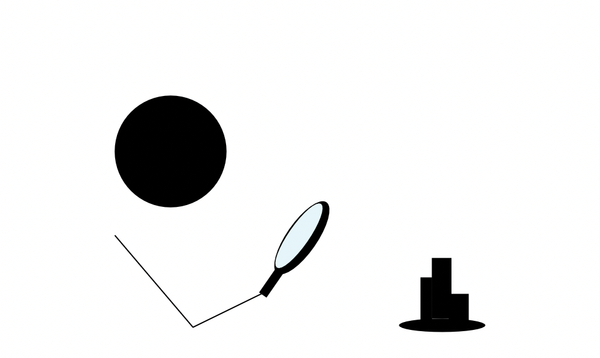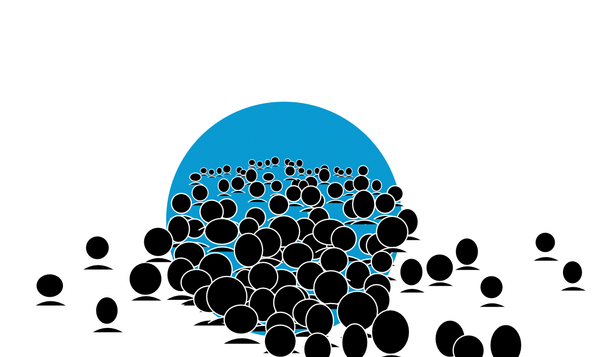Complex consistency of visual language
Visual design is a language, and it’s no less complex than our written/verbal language, and no less able to form traceable patterns than all our languages and ideas combined.
Language works because of the underlying patterns. Words support it, and new words can be created to support new ideas.
The same thing happens in visual language.
Visual design is not simple. Even the simplest visual languages are making at least one decision in each of 8+ separate network structures, that is intended to domino through and interleave with the surrounding network structures. Each of those networks have a different cadence, and the cadence depends on how many decisions were made for the network structure at hand, and how it interacts with the other network structures.
To date, our supporting design software has made memory the primary glue to keep it all consistent. Even where there are saved styles and palettes involved, memory is the glue to where and when they are applied.
Taken as a whole, when well applied by a good designer balancing all the intonations, the visual language feels consistent. This is true whether the underlying systems are simplified or complicated.
The proof is in standalone pages.
Analyzed with just one page, in a less-mature visual language, and the bits and pieces might not make sense with the information being parsed.
The pieces are there, the shapes and colors are functioning, it just feels....off. So when it works, it can make visual design feel easy, lucky, and vaguely illogical.
What it has is complex logic that isn’t being allowed to emerge and gain balance.
Visual cadence
While our current dominant visual grammar is built into this architecture, they are treated with the same fungibility as everything else.
Our standards will shift; there’s no reason to not build for it. That is especially so when it makes diverse existing options supportable. We can manage most of them with a mathematical layer, which is itself easy to either overwrite or swap out.
The cadence of visual language provides a scanning hierarchy. This information structure accounts for and functions with with modifiable, fungible cadences.
Think of different cadences like the difference between localized accents: New York vs Atlanta.
It’s just another way that we are subsuming entire population bases to the willful excess of a few people who will never find their ‘enough’. They believe that they can keep the shifts from happening through their oversight, control, and behavioral pressures.
Visual voice
Visual language develops a tone of voice when it pulls standards and cadence into varying mixes of interpretations. It’s not just clarity, timber, and cadence, but an evoked a point of view.
Buttons can skew from the overall patterns to create more juxtaposition -- or even visually ‘yell’.
Shadows can increase or decrease to invoke the idea of height, brightness of light source, etc. In other words, it provides a sense of environment.
Space placement can alter the rhythms of cadence even more deeply. It’s like accent inflected with the patterns of another language.
This architecture has a moving target for all the inflection points, starting small.




